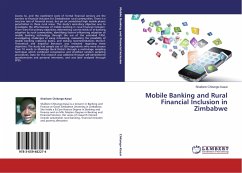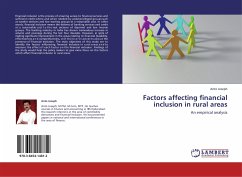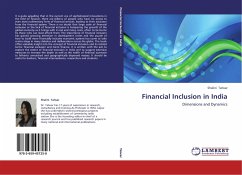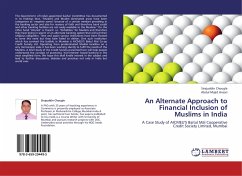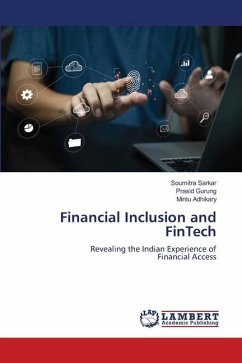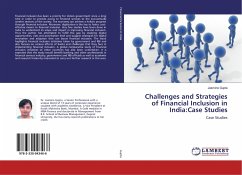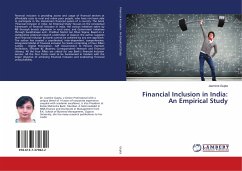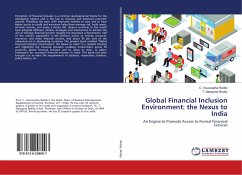Access to, and the exorbitant costs of formal financial services are the barriers to financial inclusion for Zimbabwean rural communities. There is a very low rate of financial access, but yet an unmatched high mobile phone penetration in these rural areas. This study's secondary objective was to investigate the effectiveness of mobile banking in rural financial inclusion. There were five primary objectives; determining current levels of m-banking adoption by rural communities, identifying factors influencing adoption of mobile banking technology through the use of the extended TAM, investigating challenges of using m-banking, evaluating the possibility of mobile banking replacing banks, and making recommendations thereof. Theoretical and empirical literature was reviewed regarding these objectives. The study had sample size of 350 respondents who were chosen from 10 wards in Masvingo Rural District through a multi-stage sampling technique which combined convenience and stratified random sampling procedures. Data for this research was collected through self-administered questionnaires and personal interviews, and was later analysed through SPSS.
Hinweis: Dieser Artikel kann nur an eine deutsche Lieferadresse ausgeliefert werden.
Hinweis: Dieser Artikel kann nur an eine deutsche Lieferadresse ausgeliefert werden.

